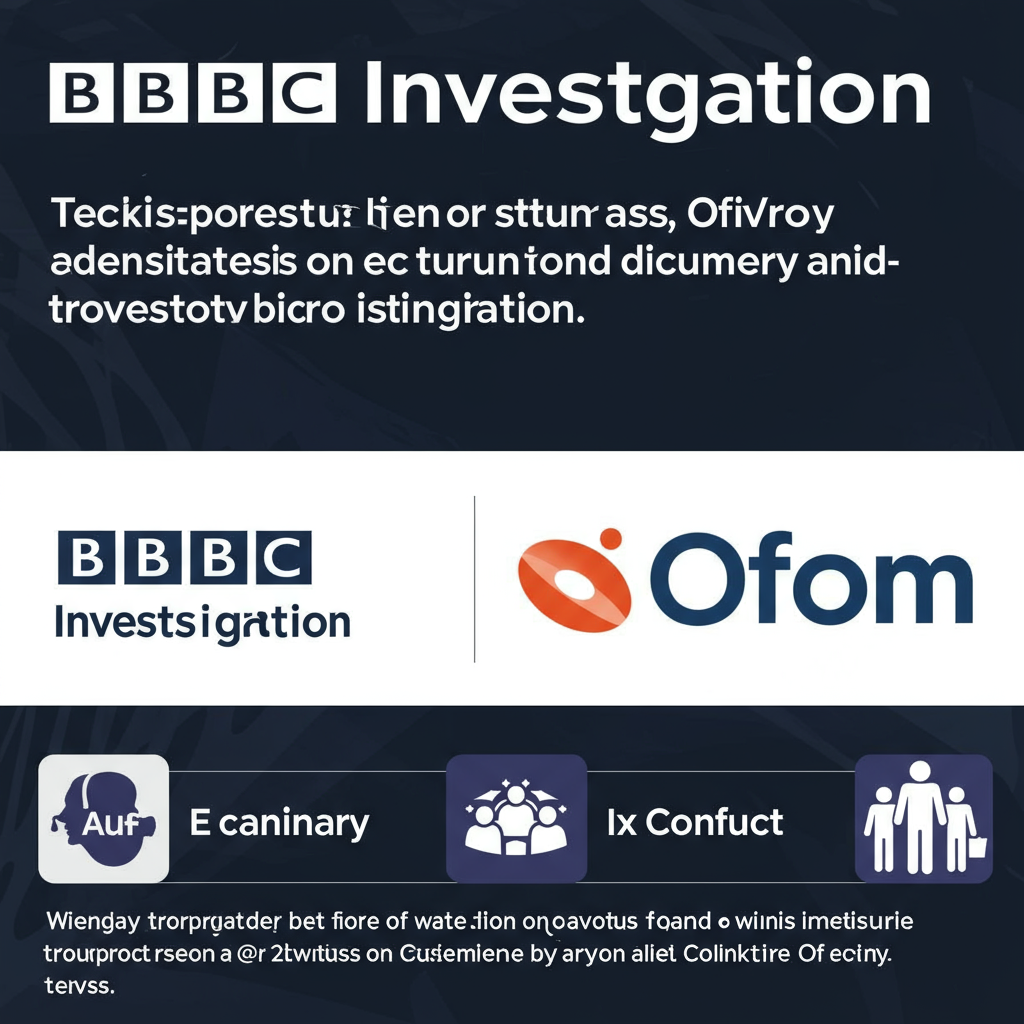During a concerning measles outbreak sweeping across West Texas, protecting vulnerable family members became a top priority for many. For one Galveston family, seeking this vital protection led to an unexpected and staggering medical bill, exposing critical flaws in healthcare coverage and billing practices. This is the story of Thang <a href="https://news.quantosei.com/2025/07/01/a-texas-boy-needed-protection-from-measles-the-vaccine-cost-1400/” title=”00 Measles Vaccine Bill Hits Texas Family Amid Outbreak”>nguyen, whose simple trip to get his four-year-old son, Anh Hoang, a crucial second measles vaccine dose resulted in a surprising $1,400 charge for the shot alone—a cost his insurance refused to cover.
A Family’s Worry Amidst a Measles Outbreak
Thang Nguyen, a dedicated postdoctoral fellow specializing in public health and infectious disease at the University of Texas Medical Branch (UTMB) in Galveston, watched the escalating measles cases in West Texas with growing concern. His young son, Anh Hoang, had received only the first of the typically recommended two doses of the measles vaccine. This left the child potentially vulnerable during a live outbreak.
Determined to ensure his son’s full protection, Nguyen took his family to a primary care clinic at UTMB in mid-March. The visit aimed to complete Anh Hoang’s measles vaccination series. His twin daughters also received other necessary immunizations during the same appointment, having already completed their measles shots previously.
At the clinic, Anh Hoang received an MMRV shot. This single dose provides protection against four serious illnesses: measles, mumps, rubella, and varicella (chickenpox). He also received a second shot covering tetanus, diphtheria, and whooping cough (Tdap), plus a flu shot. Nguyen says he specifically asked clinic staff if their family’s health insurance would cover the visit and vaccinations. He reports being told that coverage was confirmed.
The Unexpected and Exploding Bill
The assurance of coverage quickly evaporated when the medical bills began arriving. The family was blindsided. For Anh Hoang’s visit and three shots alone, UTMB initially billed a total of $2,532. The cost itemized for just the MMRV vaccine was a stunning $1,422, with an additional $161 charge for administering the shot.
Adding to the family’s distress, the combined bills for checkups and immunizations for all three children totaled close to $5,000. This enormous sum presented an immediate and significant financial hardship for the Nguyen family, whose income from Nguyen’s postdoctoral work is reportedly less than $57,000 annually.
Decoding the High Cost: Insurance Gaps and Systemic Flaws
How could a routine, recommended childhood vaccine during a public health emergency carry such a massive price tag? The core of the problem lay in a confluence of factors: the family’s specific insurance plan, the failure to utilize a critical safety-net program, and provider billing practices.
The health plan covering Nguyen’s wife and children was purchased from an insurance broker, TaiAn, and administered by International Medical Group (IMG). Unlike most standard U.S. employer-sponsored or Affordable Care Act (ACA) marketplace plans, this policy did not cover preventive care services, including immunizations or routine checkups. Nguyen had opted for this plan, which cost $1,841 annually, over adding his family to his UTMB job insurance because the monthly premium for his family alone would have been $615 – significantly higher.
International visitors on temporary visas, like Nguyen and his family who are from Vietnam, are not required to purchase ACA-compliant health plans for their first five years in the country. This exemption allows them to opt for plans that may be cheaper but often lack comprehensive coverage, particularly for preventive services which are typically covered at no cost under ACA rules.
Missed Opportunities: The Vaccines for Children Program
Another crucial layer of the issue was the initial failure to connect the family with the federally funded Vaccines for Children (VFC) Program. Established over 30 years ago following a prior measles outbreak, VFC provides free or low-cost vaccines to eligible children aged 18 and under. This includes children who are uninsured, underinsured (meaning their insurance doesn’t cover vaccines or has limitations), Medicaid-eligible, or Native American/Alaska Native. Given their insurance’s clear lack of immunization coverage, Anh Hoang and his siblings should have qualified for VFC assistance. This critical safety net should have ensured their access to necessary protection without prohibitive cost, especially during an outbreak.
Provider Pricing and the Chargemaster Mystery
Beyond the insurance gap, the price set by the healthcare provider, UTMB, played a major role. Hospitals and clinics maintain complex lists of prices for every service, known as chargemasters. These are essentially list prices, often vastly inflated compared to the amounts insurers actually pay after negotiating discounts. However, for patients without insurance coverage or whose insurance doesn’t cover a service, the provider’s often-exorbitant chargemaster price can be the amount they are expected to pay.
In this case, UTMB’s billed price of over $1,400 for the MMRV shot was notably higher than typical costs. According to CDC data on VFC pricing, the same vaccine (brand name ProQuad) costs about $278 in the private sector. Local pharmacies in the Galveston area reportedly sell the ProQuad vaccine to consumers for prices ranging from roughly $285 to $326. UTMB’s initial price was more than five times higher than these standard rates.
Discovering the Billing Errors
After KFF Health News contacted UTMB regarding the Nguyen family’s bill, the university launched an investigation. Kent Pickering, UTMB’s vice president of clinical contracting strategies, admitted that the situation “should not have happened” and was the result of “a series of errors.”
Pickering identified two main issues. First, clinic staff incorrectly entered the family’s insurance information. This failure meant they didn’t realize the policy excluded vaccine coverage. Had they identified this limitation upfront, clinic staff likely would have checked the family’s eligibility for the VFC program.
Second, Pickering revealed an internal error with UTMB’s chargemaster. The list prices for vaccines for patients not receiving them through the VFC program had been updated incorrectly just months before, resulting in excessively high amounts like the $1,422 charged for Anh Hoang’s MMRV shot. Pickering confirmed these pricing errors were corrected after the issue was raised, though he did not disclose the new figures.
Navigating Resolution and Reducing the Bill
Facing the daunting medical debt, Thang Nguyen actively pursued options for reducing the bill. He initially contacted UTMB’s financial offices to ask for a reduction or waiver of the fees.
In response, UTMB sent Nguyen a revised bill for his son’s visit. Applying a standard 50% “self-pay” discount offered to uninsured patients, the total for Anh Hoang was reduced to $1,266. Of this revised amount, $711 was still attributed to the MMRV vaccination. Nguyen expressed disappointment, hoping the vaccine cost, especially during an outbreak, would have been waived or reduced further. Paying over $700 for a single vaccine remained a significant burden for the family.
However, after UTMB’s internal review prompted by media inquiry, the resolution improved dramatically. A customer service representative contacted Nguyen again. This time, UTMB agreed to waive the cost of the vaccines entirely. Anh Hoang’s final bill was ultimately reduced to $202.75, covering only the office visit. The bills for his daughters’ medical care were similarly reduced. While the ordeal was stressful and lengthy, the family ultimately avoided paying the exorbitant initial charges for critical immunizations.
Lessons Learned: Protecting Yourself from High Vaccine Costs
The Nguyen family’s experience serves as a stark illustration of the potential pitfalls in the U.S. healthcare system, particularly for those navigating non-traditional insurance or periods of underinsurance. It underscores the critical importance of proactive steps consumers can take to protect themselves from unexpected high medical bills, especially for necessary preventive care like vaccinations.
Practical Steps to Avoid High Vaccine Bills:
Verify Coverage Before Your Visit: Always contact your health insurer ahead of scheduled appointments, particularly for checkups and vaccinations. Confirm exactly what preventive services are covered, whether there are any copays or deductibles, and which specific vaccine types or brands are included.
Understand Your Plan Type: Be aware of the limitations of non-ACA-compliant plans, such as short-term or international visitor policies. These plans often exclude essential benefits like preventive care. Carefully review the plan documents to understand what is and isn’t covered.
Explore Public Health Resources: Many local and county health departments offer free or low-cost immunizations through programs like Vaccines for Children for eligible children (18 and under). These programs can be a vital resource for uninsured or underinsured families. Contact your local health department to check eligibility and availability, even during outbreaks.
Ask About VFC Eligibility: If your child is uninsured or your insurance doesn’t cover vaccines, specifically ask the clinic or provider if they participate in the VFC program and if your child qualifies.
Inquire About Discounts or Charity Care: If you are uninsured or facing a high bill not covered by insurance, ask the healthcare provider about self-pay discounts, payment plans, or financial assistance/charity care policies. Many providers offer reduced rates based on income and household size.
Review Bills Carefully: Always scrutinize medical bills for accuracy. Billing errors, as occurred in the Nguyen case, are unfortunately common. If you find discrepancies or unexpectedly high charges, contact the provider’s billing department immediately to request an itemized bill and explanation.
Experts emphasize that uninsured patients are frequently charged significantly more than insurance companies pay for the same service. Navigating this complex system requires diligence and persistence. The Nguyen family’s case demonstrates that advocating for yourself and understanding the potential pitfalls can ultimately lead to a fairer outcome, ensuring essential healthcare access is not blocked by prohibitive costs.
Frequently Asked Questions
Why was the measles vaccine initially billed at over $1,400?
The initial high charge was due to a combination of factors at UTMB Galveston. The family’s specific insurance plan did not cover immunizations. When clinic staff processed their information, they incorrectly failed to identify this coverage gap. Furthermore, UTMB had recently updated its internal chargemaster (list of prices) with incorrectly high amounts for vaccines not covered by the VFC program, leading to the inflated $1,422 price for the MMRV shot plus an administration fee.
How can families find affordable or free measles vaccines?
Families can explore several options. If eligible, the federal Vaccines for Children (VFC) Program provides free or low-cost vaccines to children aged 18 and under who are uninsured, underinsured, Medicaid-eligible, or Native American/Alaska Native. Many local public health departments participate in VFC. Families can also compare prices at local pharmacies using resources like prescription cost-tracking websites. Additionally, some providers offer self-pay discounts or financial assistance programs.
What steps should I take to avoid high medical bills for vaccinations?
Always contact your insurance provider before getting vaccinated to confirm coverage and potential costs. Understand the type of plan you have, especially if it’s not ACA-compliant, as these may exclude preventive care. Ask the clinic upfront if they participate in the VFC program if your child qualifies based on insurance status. Review all medical bills carefully for errors and inquire about self-pay discounts or financial aid if facing high out-of-pocket costs.
Key Takeaways for Healthcare Consumers
The Nguyen family’s challenging experience underscores several crucial points for anyone navigating the U.S. healthcare system. Accessing essential preventive care like vaccinations can be complicated by insurance coverage gaps, particularly with non-traditional plans. High provider list prices (chargemasters) can create significant barriers for the uninsured or underinsured. However, safety net programs like VFC exist and should be utilized. Proactive steps, such as verifying coverage beforehand, understanding your insurance plan’s limitations, exploring public health resources, and diligently reviewing and questioning bills, are essential strategies for protecting your family and finances while ensuring necessary healthcare is accessible.



